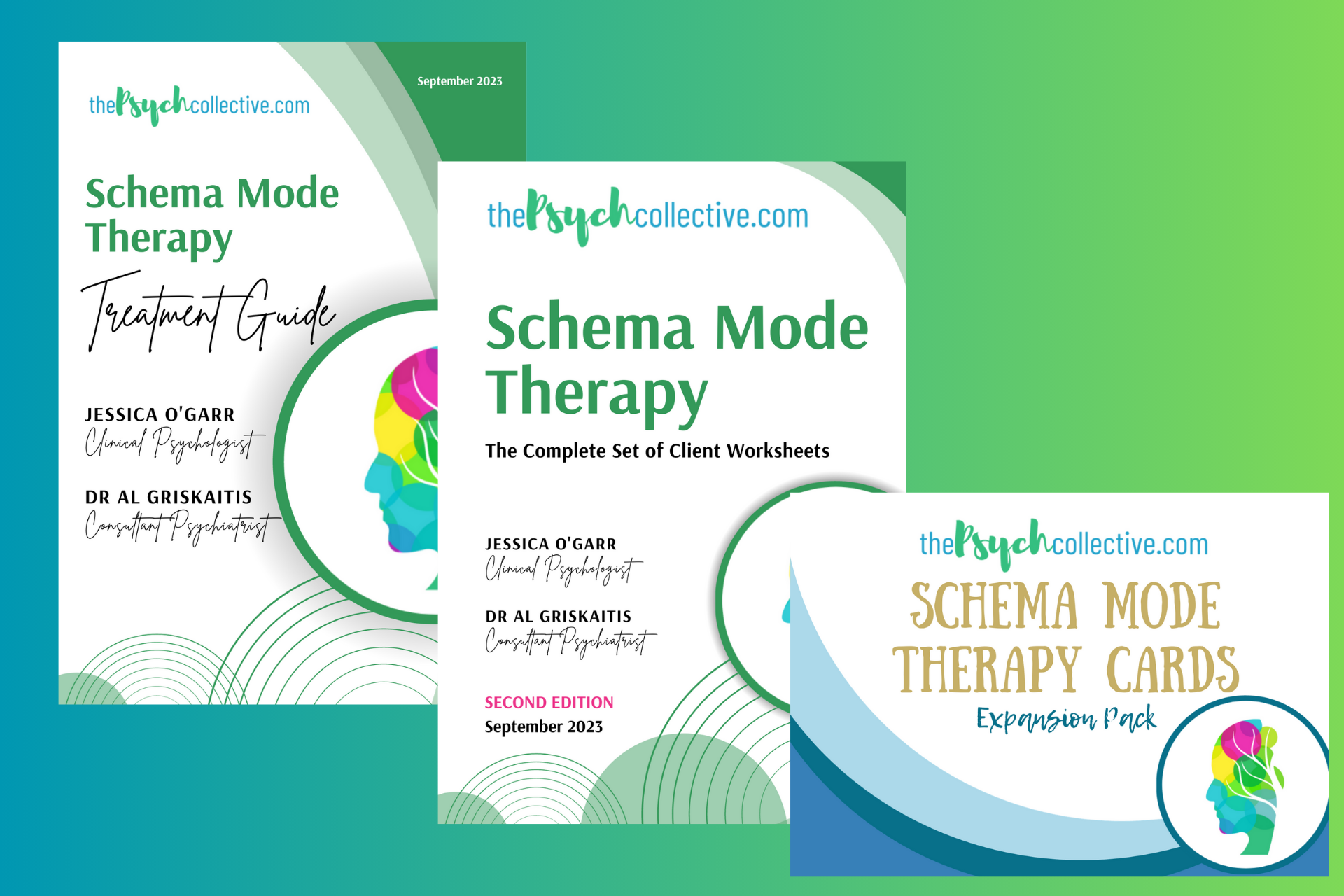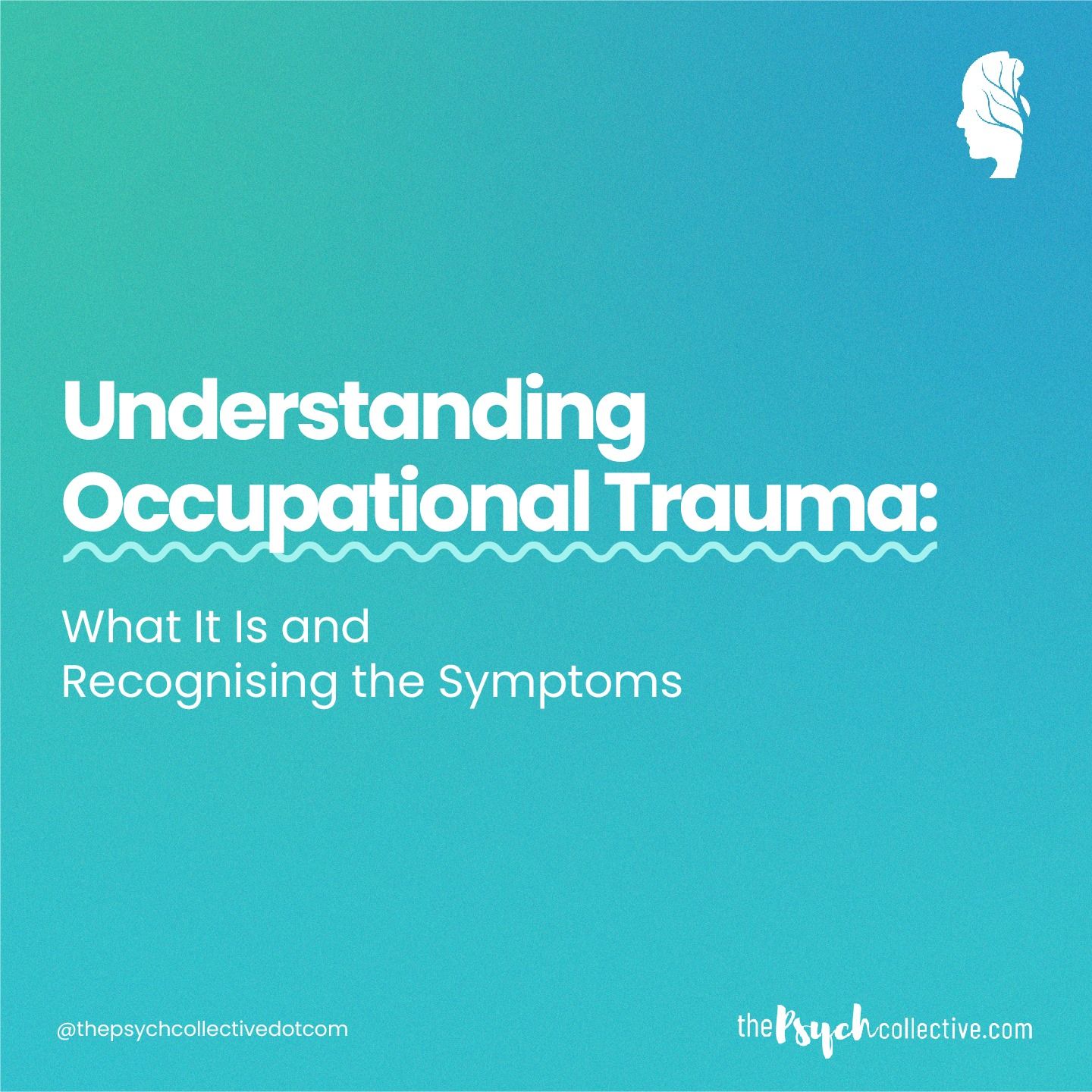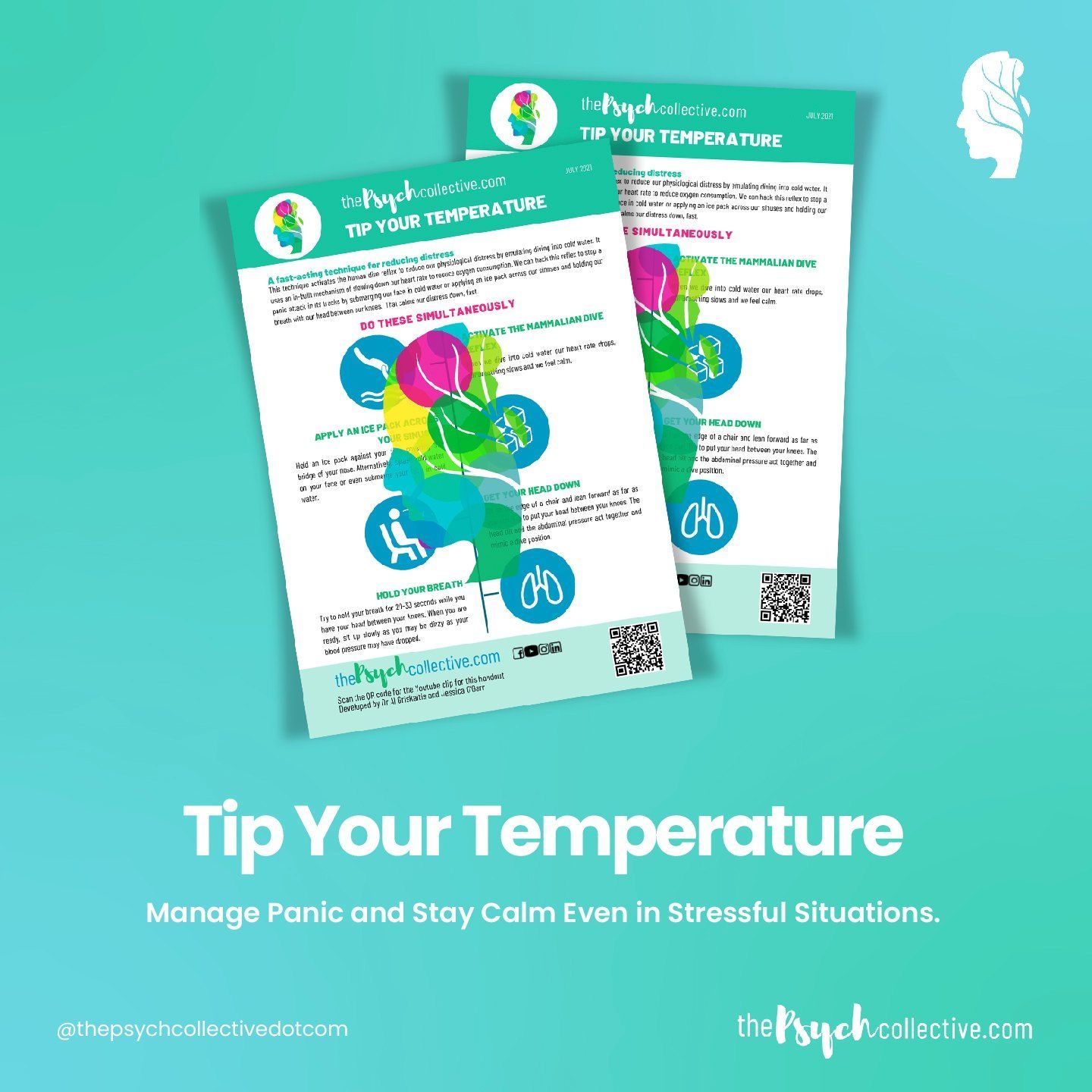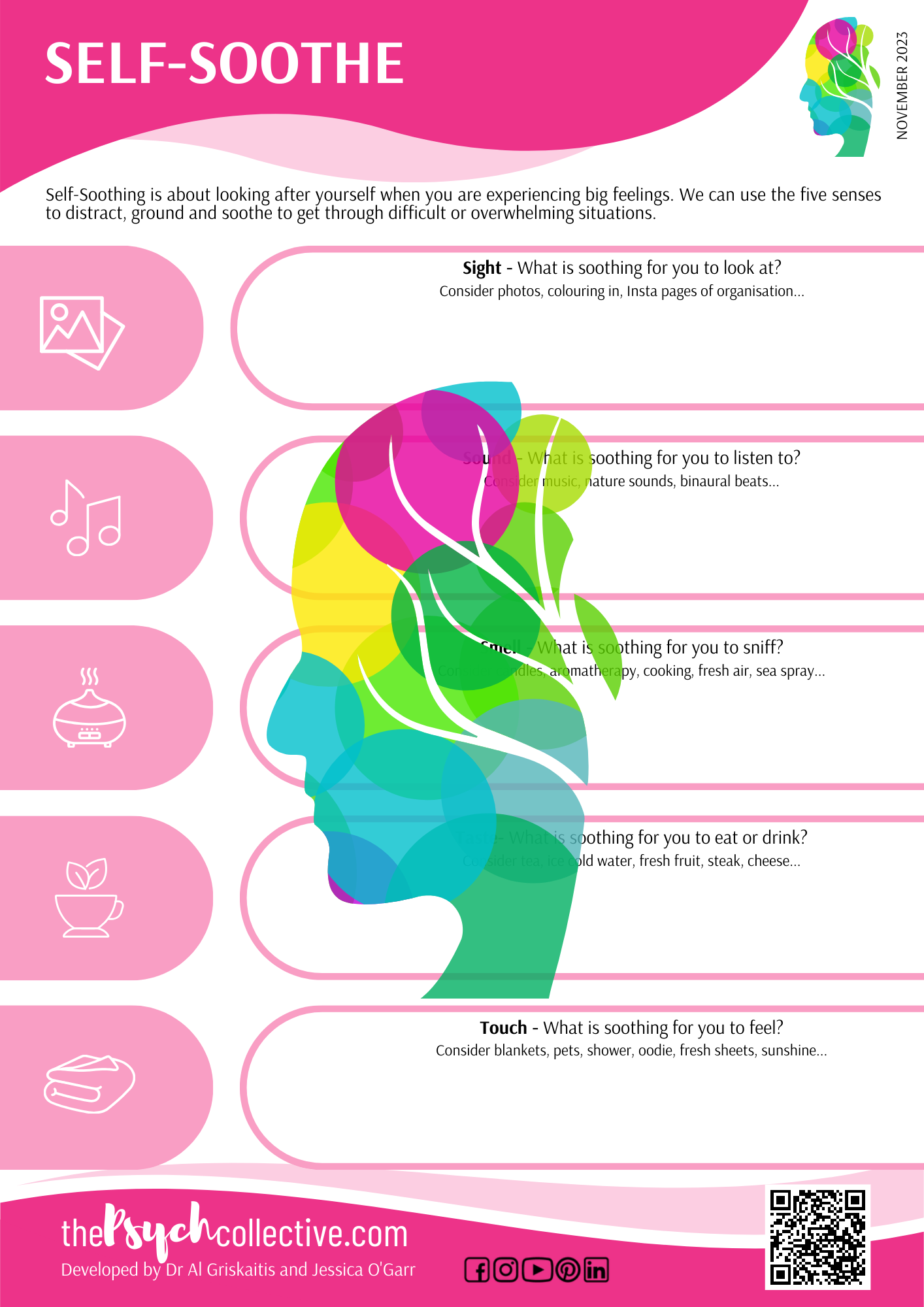Clinic Address: Unit 3, 36-42 Auburn St, Wollongong NSW | Monday to Friday by Appointment Only
Clinic Address: Unit 3, 36-42 Auburn St, Wollongong NSW | Monday to Friday by Appointment Only
PTSD: take back control of anger and terror
Using the Mammalian Dive Reflex to as a tactic to stop anger and overwhelm in it's tracks


Hacking Your Physiology to Take Back Control:
A Rapid Reset Tactic for PTSD RED ALERT Symptoms
PTSD can feel like being constantly on alert, as though a threat is always lurking just around the corner. This state, known as hyperarousal, primes you to detect danger at every turn. It’s hard to relax when you’re perpetually on “YELLOW ALERT,” and over time, this can become exhausting. As if that weren’t enough, PTSD frequently involves "triggers"—trauma cues or upsets that cause your emotions to escalate rapidly. In these moments, your brain perceives threat even where none exists—or where the threat is minor—and the Fight/Flight Survival Reflex kicks in hard. Your heart races, your breath quickens, and your muscles may shake, ready for instant action.
RED ALERT symptoms are both physically and emotionally draining. Fortunately, there’s a way to use your body’s built-in systems to calm the storm.
Enter the Tactical Physiology Hack: activating the Mammalian Dive Reflex.
This simple technique engages your body's natural calming mechanisms, helping you shift out of crisis mode. Let’s explore how it works.
Understanding the RED ALERT State
In PTSD, the nervous system frequently goes into overdrive, dominated by the sympathetic nervous system (SNS). This is the part of your nervous system responsible for the fight/flight survival reflex, it's "sympathetic" to taking action, not to your feelings!
While these responses are lifesaving in genuine emergencies, PTSD primes you to overreact to minor provocations. Because you have PTSD, you now have a “hair trigger” to detect and respond to perceived threats. This constant activation wreaks havoc on your body and mind, leading to chronic emotional and physical fatigue, which is anything but "sympathetic" to your life.
The goal of this tactical physiology hack is to activate the parasympathetic nervous system (PNS)—the “rest and digest” system that counterbalances the SNS. This shift lowers your heart rate, relaxes your muscles, and brings you back to baseline.
The Physiology Hack: Tapping Into Your Body’s Natural Systems
This technique combines two methods to "hack" your autonomic nervous system and rapidly reduce distress. Here’s how it works:
1. The Ice Pack to the Face
- Why It Works: Placing a cold pack on your face, especially over the sinuses and around your eyes, triggers the Mammalian Dive Reflex. This reflex, present in all mammals, is designed to conserve oxygen when submerged in cold water.
- What Happens Physiologically:
- The cold sensation stimulates the trigeminal nerve, sending signals to blood vessels in the extremities to constrict, preserving oxygen for vital organs.
- Critically, this slows your heart rate (bradycardia), which reduces the sense of panic and helps your body calm down.
- The Dive Reflex initiates a calming parasympathetic response, overriding the fight-or-flight state.
- How to Do It:
- Place a cold pack wrapped in a cloth (or even a bag of frozen peas) on your face for 30-60 seconds.
- Breathe very slowly, imagine you are conserving limited air.
2. Bending and Bearing Down
- Why It Works: Bending forward and bearing down creates internal pressure changes that stimulate the vagus nerve, a key player in the parasympathetic nervous system.
- What Happens Physiologically:
- Vagal stimulation slows your heart rate and reduces blood pressure.
- Pressure changes in your chest and abdomen put physical pressure on the organs and activate thoracic baroreceptors, which signal your brain to ease up on the fight-or-flight response.
- How to Do It:
- Sit down and bend forward, hugging your knees or resting your chest on your thighs.
- Bear down and hold your breath in as though pushing during constipation for 20 seconds, then repeat if necessary.
3. Combining the Effects
Using both techniques together amplifies the calming effect. The ice pack activates the Dive Reflex, while the bending or bearing down enhances vagal stimulation. Together, they reset your nervous system and bring your physiology back into balance. Secret built-in bonus hack: Slowing the breathing limits emotional overwhelm by reversing the impact of the Survival Reflex on your carbon dioxide levels.
When to Use This Tactic
The Physiology Hack is ideal for moments of intense distress, when your emotions feel like they’re spiraling out of control. If you feel overwhelmed with anger or terror, gracefully exit the situation and apply this technique. Practicing it regularly can help you build awareness of your body’s signals and responses.
For more awareness of impending anger/terror, see The Distress Cycle, which teaches you to recognise the signs of rising anger before it escalates into rage (more here).
Situations Where It Might Help
- Anger or rage: When you feel on the verge of snapping.
- Panic or terror: When your heart is racing, and you’re struggling to catch your breath.
- Emotional overwhelm: When distress becomes so intense that you can’t think clearly.
Why This Works for PTSD
Two hallmarks of PTSD are hypervigilance (your radar is constantly scanning for threats) and hyperarousal (your body is physiologically primed to act). These are manifestations of your subconscious sensing you are vulnerable because of some ongoing susceptibility to further trauma. That is what is keeping the survival reflex poised to activate.
The Physiology Hack leverages your body’s natural calming mechanisms to counteract these effects. By activating the Mammalian Dive Reflex, you directly address the physical symptoms of hyperarousal. This avoids over-reliance on medications or cognitive techniques, like mindfulness, which can feel inaccessible during high-stress moments.
It does not address the root cause of PTSD directly, but does address a critical and troubling symptom of emotional overwhelm. By calming your body first, you create space for your mind to follow. Instead of acting regrettably on emotions like anger, you can pause, reset, and regain control. This can be critical to saving relationships which are often damaged by the anger associated with PTSD. This tactic can be vital when it comes to doing trauma work as it can give you the capacity to deal with the distress that can arouse with trauma work. That way it can become part of the strategy to help you to address the root cause of PTSD, the intuited susceptibility to further trauma.
A Simple Way to Take Back Control
The beauty of this approach lies in its simplicity. You don’t need special training or equipment—just a cold pack and the willingness to pause and take control of your body’s responses. Over time, this technique can become an essential tool in your PTSD anger and fear regulation toolkit, helping you more strategically navigate life and trauma processing work with greater confidence and resilience.
When the alarms in your body are blaring, remember: your physiology holds the key to silencing them. Try the Mammalian Dive Reflex Physiology Hack next time your red alert symptoms flare, and experience the power of calming your body to calm your mind. For a compressive course on managing distress including demonstration, see our Surviving Distress course here and an overview video of the distress skills here.
- Dr AL GRISKAITIS
Categories
About Our Resources
We offer actionable resources and teach real skills to help people make meaningful change in managing mental health issues through different modes depending on people's learning preferences including infographics, text, worksheets, handouts and video.

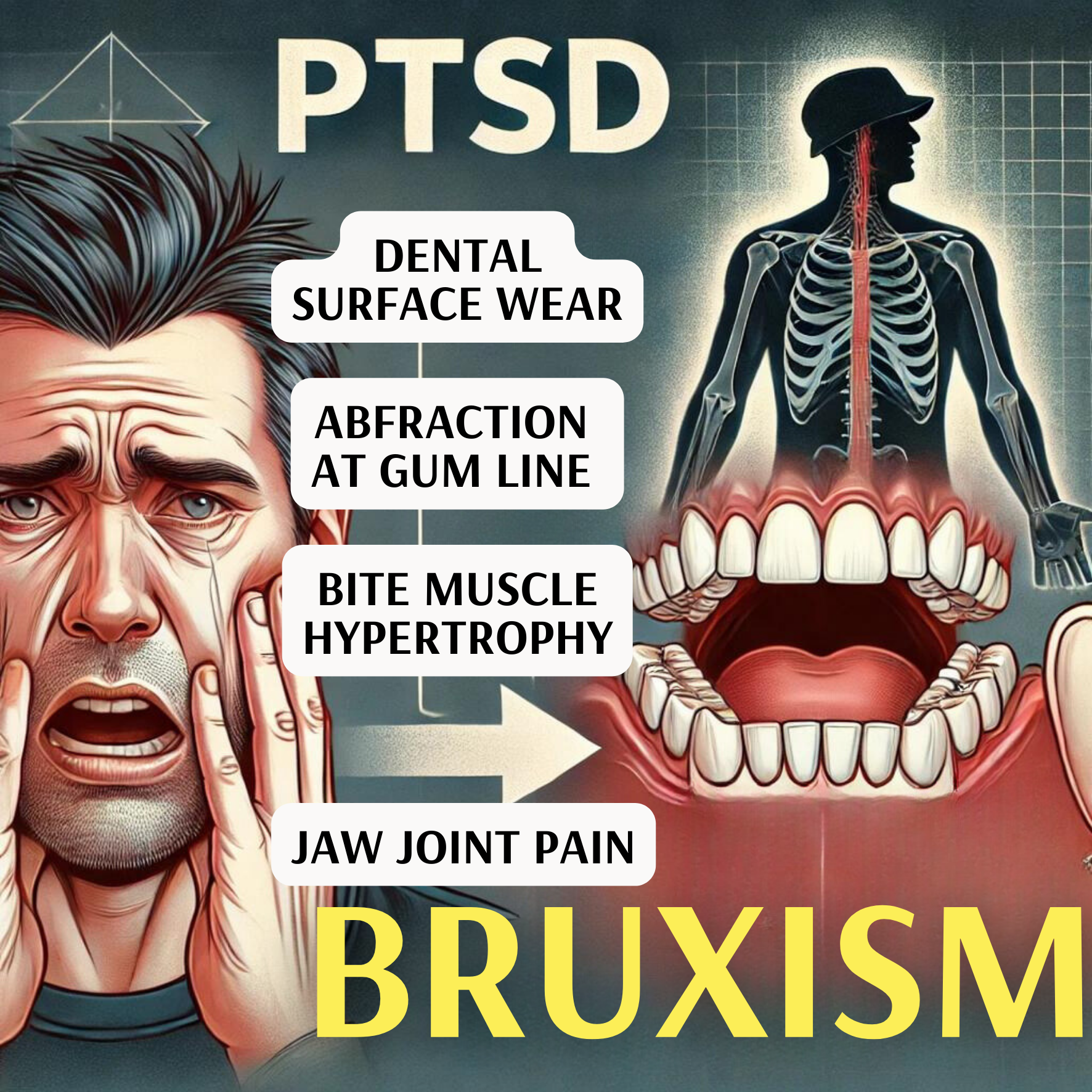

-
View Resources Here
We hope you enjoy reading this blog post.
We offer actionable resources and teach real skills to help people make meaningful changes in managing mental health issues. View resources here.
We hope you enjoy reading this blog post.
We offer actionable resources and teach real skills to help people make meaningful change in managing mental health issues.

It is our aim to offer actionable resources and teach real skills to help people make meaningful change in managing mental health issues, especially for those who can’t access other help.






